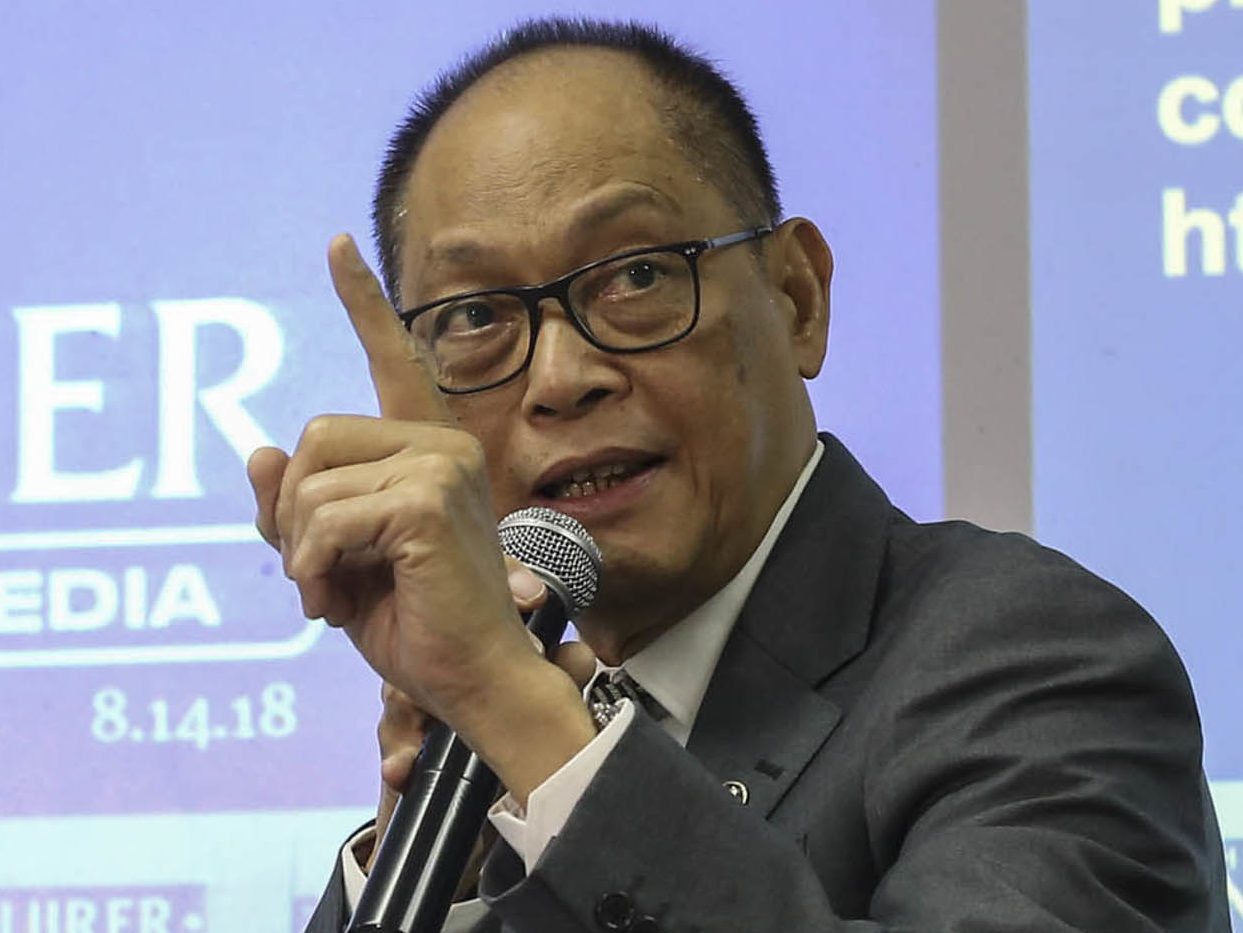Almost a third of Filipinos now have financial accounts, up from slightly less than one-fourth of the population only two years ago—a level that is expected to rise further due to the government-imposed lockdown to fight the coronavirus pandemic, the central bank said.
In a statement, the Bangko Sentral ng Pilipinas (BSP) said the share of adults who own accounts climbed to 29 percent in 2019 from 23 percent in 2017, according to the recently released results of the latest BSP Financial Inclusion Survey.
Ownership of an account held in a formal institution such as banks, electronic money issuers and microfinance institutions is a basic indicator of financial inclusion. The latest survey was conducted from February to March 2020 just before the imposition of the enhanced community quarantine in response to the COVID-19 crisis.
“Accordingly, the survey results, even as they already suggest significant progress, do not yet reflect the accelerated adoption of digital financial services seen in the midst and in the wake of the pandemic,” the central bank said.
The 6-percentage-point increase in account penetration represented an additional 5 million Filipinos opening an account within that two-year period, a marked improvement from the 0.6-percentage-point growth from 2015 to 2017.
Growth was largely driven by e-money accounts, which rose to 8 percent in 2019 from 1 percent in 2017. Microfinance accounts also grew from 8 percent in 2017 to 12 percent, on par with bank accounts, which barely moved from 11.5 percent in 2017.
“As uptake of e-money accounts significantly grew, so did the share of account holders who use their account for payment transactions—such as fund transfers and bills payment—which more than doubled to 39 percent in 2019 from 18 percent in 2017,” the BSP said.
Account ownership among the poorest (class E) almost doubled from 14 percent in 2017, well below the 23-percent national average that year, to 27 percent in 2019, closer to the national average of 29 percent.
The top income group (class ABC) posted an account penetration of 43 percent, which is almost twice higher than in class E.
“While still significant, the account penetration gap in socioeconomic class has considerably narrowed in 2019 compared to 2017 where class ABC posted account penetration almost four times higher than class E,” it said.
The number of Filipino adults who were unbanked was estimated at 51.2 million out of a total adult population of 72 million in 2019.
Lack of sufficient funds remained the topmost reason for not having an account, as reported by 45 percent of the unbanked. This was followed by perceived lack of need for an account (27 percent) and lack of documentary requirements (26 percent).
The survey showed that only 40 percent of adults were aware of the basic deposit account, a low-cost, easy-to-open bank account introduced as a policy initiative of the BSP in 2018 to address the perceived barriers. —Daxim L. Lucas


